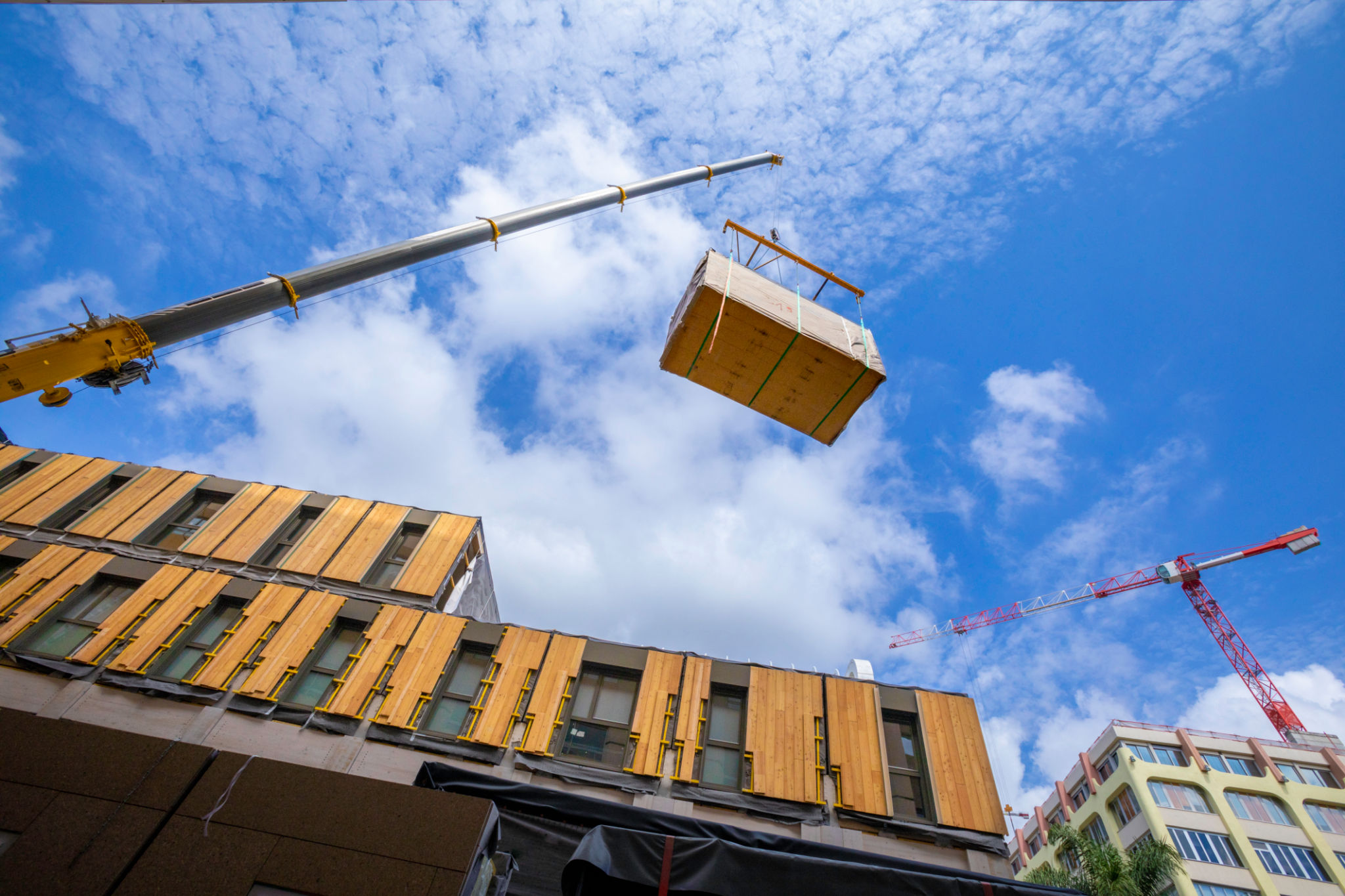Case Study: Successfully Transforming a Commercial Property
Introduction
In today’s competitive real estate market, transforming a commercial property can significantly boost its value and attract potential tenants or buyers. This case study explores how a strategic overhaul turned a stagnant property into a thriving business hub. By focusing on modern design, sustainable practices, and innovative technology integration, the transformation not only enhanced the property's aesthetic but also increased its market appeal.

Understanding the Challenges
The commercial property in question was located in a bustling downtown area but had been struggling to attract tenants due to its outdated design and inefficient layout. The building's aging infrastructure and lack of modern amenities were significant barriers. The owners sought to revitalize the space to make it competitive in the current market.
Identifying Key Areas for Improvement
To successfully transform the property, it was crucial to identify specific areas that needed attention. These included:
- Upgrading the interior design to create an inviting and modern atmosphere.
- Improving energy efficiency to reduce operational costs.
- Enhancing technological capabilities to meet contemporary business needs.
Strategic Planning and Implementation
The transformation process began with a comprehensive plan that outlined the renovation goals, budget, and timeline. Collaborating with architects and designers, the project team developed a strategy that prioritized sustainable materials and energy-efficient systems.

Incorporating Modern Design Elements
One of the key aspects of the transformation was incorporating modern design elements that appealed to prospective tenants. This included open-plan layouts, natural lighting, and contemporary furnishings. The use of neutral color palettes and high-quality materials provided a sophisticated and welcoming environment.
Embracing Sustainability
Sustainability was at the forefront of the renovation efforts. Installing energy-efficient lighting and HVAC systems reduced energy consumption significantly. Additionally, eco-friendly materials were used throughout the property to minimize the carbon footprint.

Technology Integration
To ensure the property met modern business requirements, state-of-the-art technology was integrated into the infrastructure. High-speed internet connectivity, smart building systems, and advanced security features were implemented to enhance functionality and security.
The Impact of Transformation
The results of the transformation were immediately apparent. The property quickly attracted a diverse range of tenants, including tech startups, creative agencies, and professional services firms. The enhanced aesthetic appeal and upgraded facilities increased occupancy rates and rental income.
Long-term Benefits
Beyond immediate financial gains, the property’s transformation had long-term benefits. The sustainable upgrades reduced operational costs, while the modern amenities enhanced tenant satisfaction and retention. The property's market value also saw a significant increase, offering a substantial return on investment for the owners.
Conclusion
This case study demonstrates how strategic planning and execution can successfully transform a commercial property. By focusing on modern design, sustainability, and technology, owners can revitalize their spaces to meet current market demands and achieve financial success. The lessons learned from this transformation can serve as a blueprint for similar projects aiming to unlock the full potential of their properties.